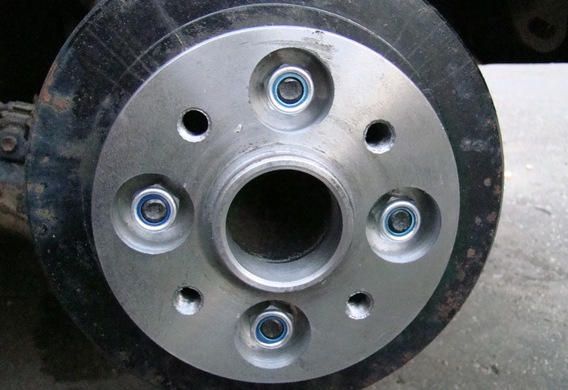
The wheel drives of the car have many parameters, including the number and location of bolts, the diameter of the central hole, the width of the disc, the diameter of the disc and the flight.
It is with the departure (ET) that there may be problems because the manufacturer sets a certain range of allowable dissent. The flyover affects the central axis of the disk relative to the hub. The larger the flight, the deeper the wheel is going to the hub, reducing the width of the track. The smaller flight, on the other hand, takes the wheel out and expands the track.
A NDR may be required if the drive's flight is much larger than the recommended vehicle manufacturer. In this case, the disc is truncated in the brake sub-port and will simply not spin. If you are installing an NDR, you must pay attention to how deep the bolts will go into the hub. The standard bolts are likely to be too short and have to be bought longer.
If the car is fitted with pins with studs, you will have to press the longer stiletes (if possible) or to install a NDR with hairpins. Such a NDR must first be secured by nut to the staff stiletes, and then a wheel is installed on the stiletto of the NDR.
Alas, if the factory flight is large and you need to install wheels with a smaller flight, the NDRs will not help. The wheels will be installed if all other parameters are appropriate, but they will be strong from the hark and possibly be put on roughness. Also, the powerful wheels will increase the load on the vehicle suspension.
Another situation where NDRs are useful is the installation of aerodynamic weight with extender. To make the wheels not "lost" and look wider, the NDRs are installed.







